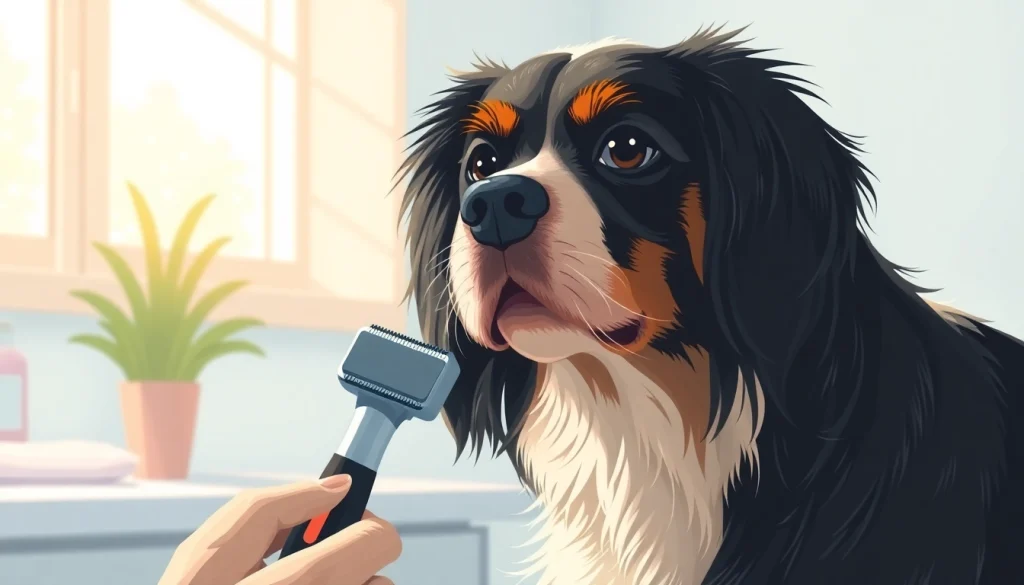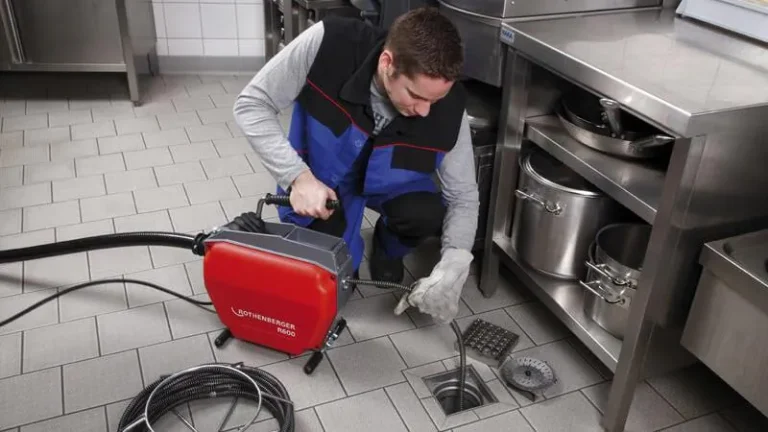
Understanding Your Pet’s Shedding Needs
Shedding is a natural and essential process for dogs. Understanding your pet’s shedding needs can enhance their comfort and maintain a clean environment in your home. Regular grooming with a dog deshedding tool not only improves your dog’s coat health but also strengthens the bond between you and your furry friend.
Why Shedding Occurs in Dogs
Shedding occurs as a way for dogs to remove old or damaged hair and make room for new growth. It serves multiple functions, including temperature regulation and the removal of parasites. Various factors influence shedding, including breed, climate, nutritional factors, and health conditions. Seasonal changes can lead to heavier shedding, especially in double-coated breeds, while stress or illness may also affect a dog’s shedding patterns.
Recognizing Shedding Patterns in Different Breeds
Different dog breeds exhibit varying shedding patterns due to their unique coat types. For instance, Labrador Retrievers and Golden Retrievers are known to shed heavily year-round, while breeds like the Poodle are considered hypoallergenic and shed less. Understanding the specific needs of your breed can guide you in selecting the right deshedding tools and techniques to manage their coats effectively.
How a Dog Deshedding Tool Can Help
A quality dog deshedding tool can significantly reduce the amount of loose hair and dander in your home. These tools are specifically designed to reach the undercoat where much of the shedding occurs, helping to remove loose fur without damaging the top coat. Regular use not only keeps your dog comfortable but also improves their overall coat health, reducing the chances of mats and tangles.
Selecting the Right Dog Deshedding Tool
Choosing the correct deshedding tool is vital for effective grooming. With so many options available, understanding the types and features can help you make an informed decision.
Types of Deshedding Tools Available in the Market
The market offers a range of deshedding tools, including brushes, combs, and specialized deshedding tools like de-shedders and rakes. Brushes, such as slicker brushes, are effective for removing loose hair on the surface, while de-shedding tools like the FURminator are designed to remove undercoat fur. Combs are great for detangling and managing mats, making them a versatile option for grooming.
Key Features to Look for in a Deshedding Tool
When selecting a deshedding tool, consider features such as the type of bristles, grip comfort, and ease of cleaning. Tools with stainless steel blades or fine-toothed edges typically outperform standard brushes in effectively removing undercoat hair. Additionally, ergonomic designs can make grooming sessions more comfortable for both you and your dog.
Comparing Tool Effectiveness: Brushes vs. Combs
Brushes and combs serve different purposes in grooming. Brushes are generally more effective for covering larger areas and removing loose hair, while combs excel in detangling and finishing. Depending on your dog’s coat type and shedding level, it might be beneficial to use both tools for optimal results.
Best Practices for Using a Dog Deshedding Tool
Using a deshedding tool correctly is crucial for achieving the best results without causing stress to your dog. Here are some best practices for using these tools effectively.
Step-by-Step Guide to Proper Usage
- Start with a clean, dry coat. Give your dog a bath and allow their coat to dry completely.
- Choose the right deshedding tool for your dog’s coat type.
- Begin at the neck and work your way down to the tail, using gentle, even strokes.
- Pay extra attention to areas that shed more, such as around the belly and behind the ears.
- Regularly stop to check for mats, using a comb to detangle if necessary.
- Finish by rewarding your dog with treats and positive reinforcement.
Tips for Reducing Stress During Grooming
Grooming can be a stressful experience for many dogs. To minimize anxiety, create a calm and quiet environment. Introduce grooming gradually, allowing your dog to become familiar with the tools. Using positive reinforcement, such as treats and praise during and after the session, can improve their attitude toward grooming over time.
Frequency of Use for Optimal Results
The frequency of using a deshedding tool depends on your dog’s breed and coat type. Long-haired or double-coated breeds may require deshedding tools once a week, while short-haired breeds may only need grooming once every few weeks. Observing your dog’s coat condition will help determine the suitable grooming schedule.
Maintaining Your Dog’s Coat Between Grooming
Maintaining your dog’s coat between grooming sessions can significantly improve its health and appearance. The following tips will help ensure your dog’s coat stays healthy and beautiful.
Importance of Regular Brushing
Regular brushing helps to remove dirt, debris, and loose hair, while also distributing natural oils throughout the coat. This practice enhances the shine of your dog’s fur and prevents mats and tangles from forming. For most dogs, a quick brush two to three times a week can maintain coat health effectively.
Understanding the Role of Nutrition in Coat Health
A healthy diet plays a critical role in maintaining your dog’s coat. Ingredients such as omega fatty acids, found in fish oils, can improve coat luster and reduce shedding. Ensure your dog is on a balanced diet that supports overall skin and coat health. Consider consulting your veterinarian about dietary supplements specifically designed for coat health.
Signs Your Dog Needs a Professional Groomer
Even with your best efforts, there may come a time when your dog requires professional grooming. Signs include persistent mats, a dirty or greasy coat, and an unmanageable shedding level. Professional groomers have the expertise and equipment to handle complicated grooming needs, ensuring your dog looks and feels its best.
Enhancing the Grooming Experience
Grooming should be a positive experience for both you and your dog. Incorporating the right tools and techniques can enhance this routine.
Tools and Accessories to Make Grooming Easier
Consider investing in accessories such as grooming gloves, deshedding shampoos, and conditioners designed to facilitate easier brushing. These tools can help to detangle hair while enhancing quality. By using specialized products, you can also diminish the amount of loose hair released during grooming sessions.
Grooming as an Opportunity for Bonding
Grooming time can be leveraged as an opportunity for bonding with your dog. Incorporate gentle petting and positive interaction during grooming sessions to enhance the experience. This not only fosters trust but also encourages your dog to be more comfortable during grooming and handling.
Creating a Routine for Healthy Coat Maintenance
An established grooming routine can streamline the process and condition your dog to expect grooming as a regular part of their life. Create a schedule that incorporates brushing, bathing, and conditioning, ensuring that your dog’s grooming needs are met consistently, contributing to a happier, healthier pet.






